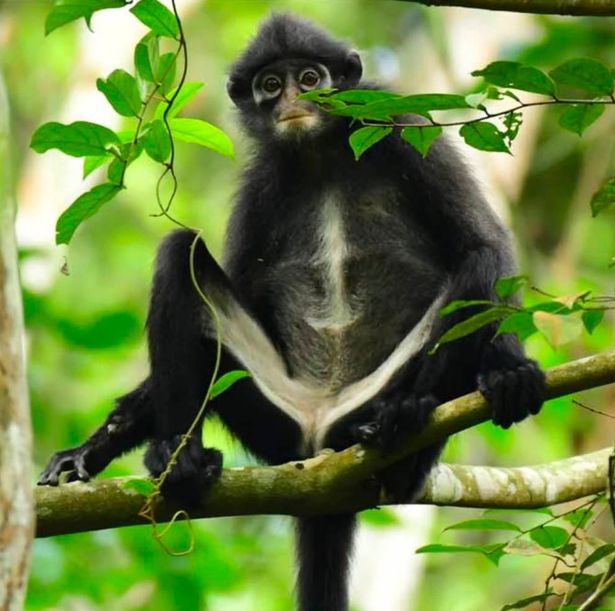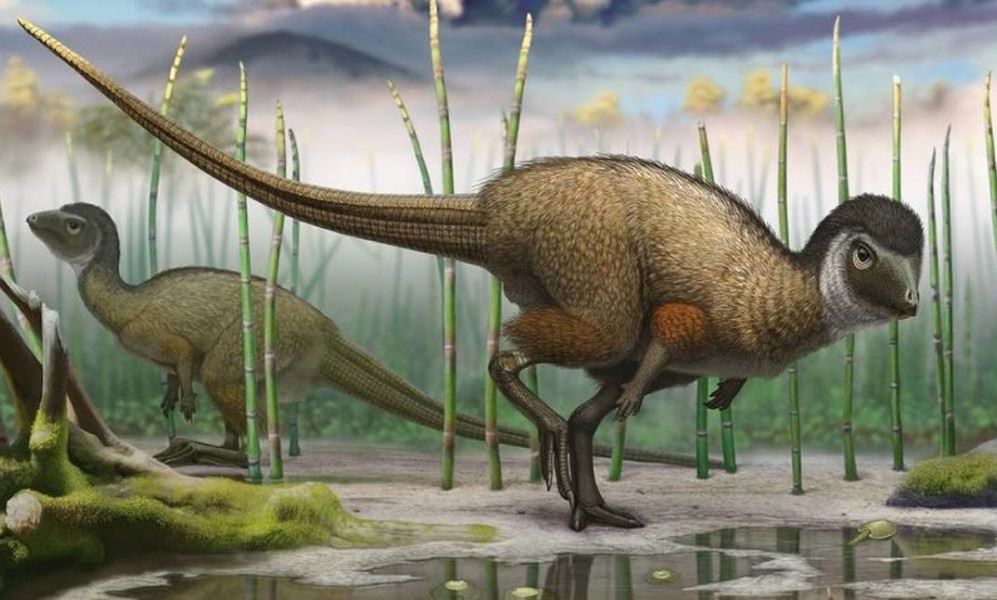Scientists have discovered a new species of endangered monkey “hiding in plain sight” after studying their poo.
Initially, experts thought Banded Langurs – a tree-dwelling money – were a single species, however a new study suggests there may be three separate ones, reports National Geographic.
Experts did not spot the new species because their differences were not easily noticeable.
Banded Langurs, found in Myanmar, Thailand, Malaysia and Singapore were not thought to be at risk of extinction, however scientists are now worried two new species are endangered.
The findings, published in Scientific Reports this month, reveals the two are among the most endangered primates in the world in need of protection.
Scientists made the discovery after studying DNA found in monkey poo.
Andie Ang, a National Geographic explorer and research scientist at the Wildlife Reserves Singapore Conservation Fund said: “We want this paper to encourage more research on these totally different species of monkeys in Asia.
“There’s definitely a lot more diversity out there than we know of—and if we don’t know about it, we risk losing it.”
Despite the discovering being fairly recent, Ang had suspected for years that although all three subspecies look very similar with only subtle differences of white markings on their body and face, Raffles’ Banded Langurs were a distinct species.
“Just looking at its morphology and the descriptions of it made in the past, it seemed like they were a different species, but I didn’t have any information to support that,” she said.













